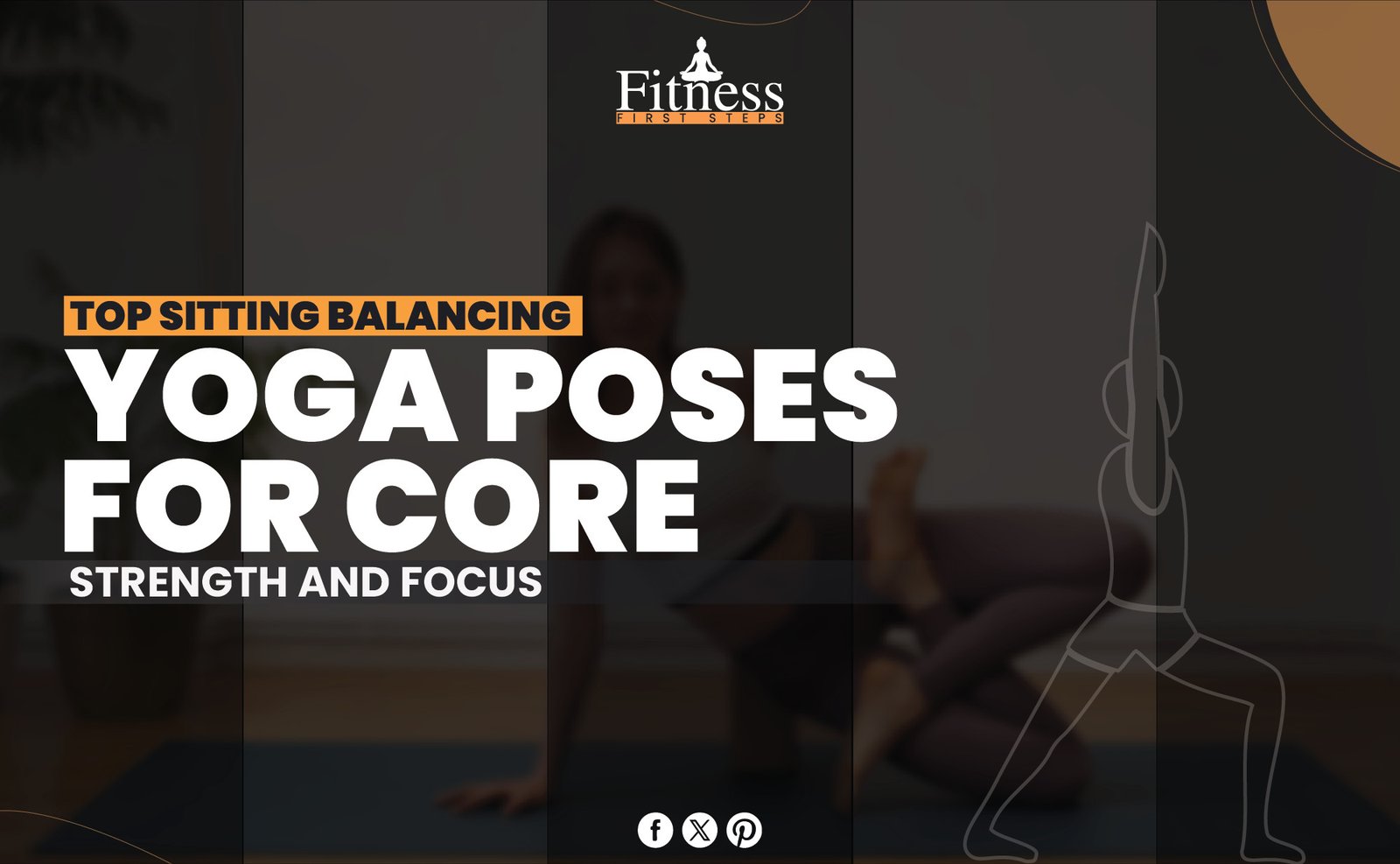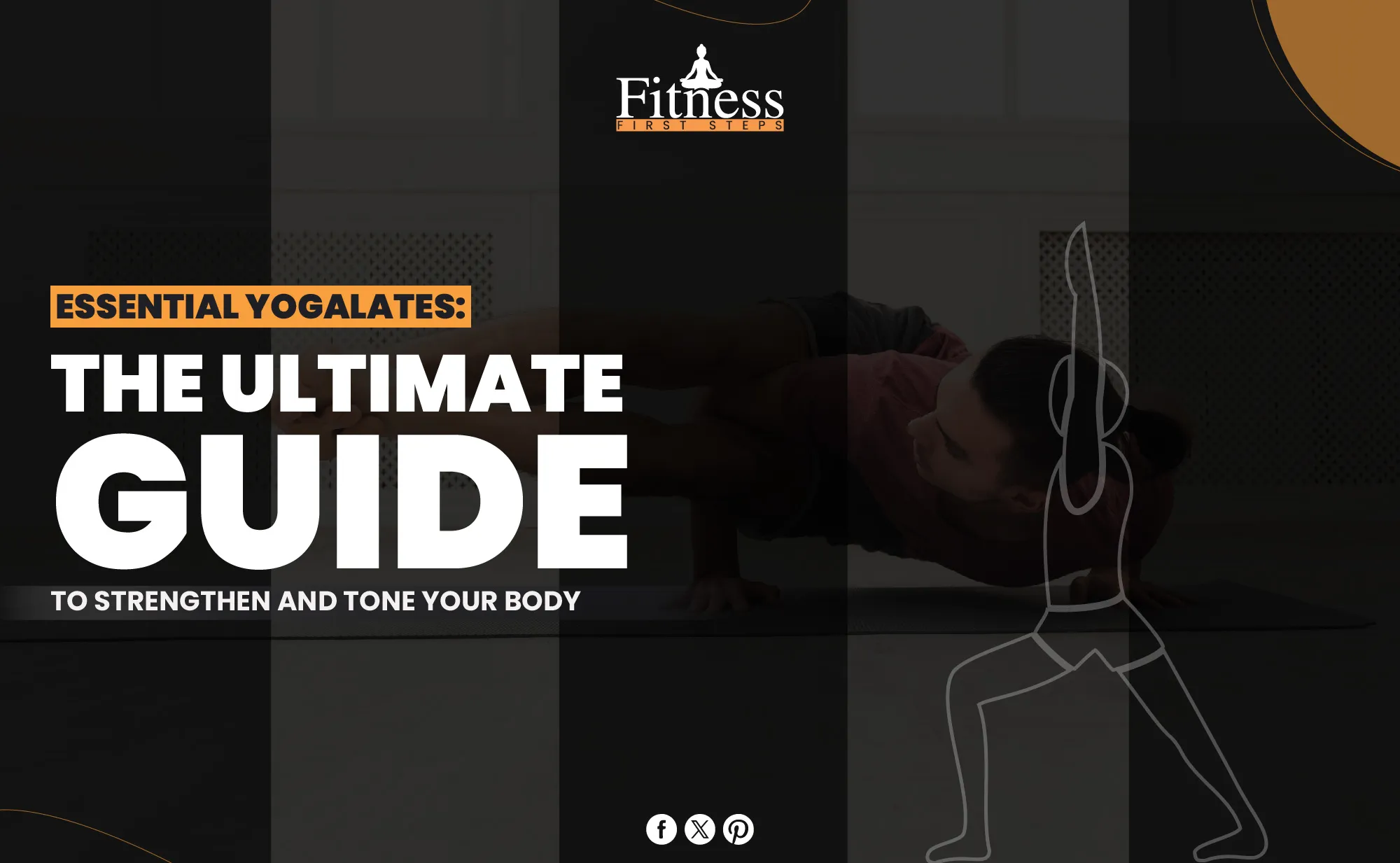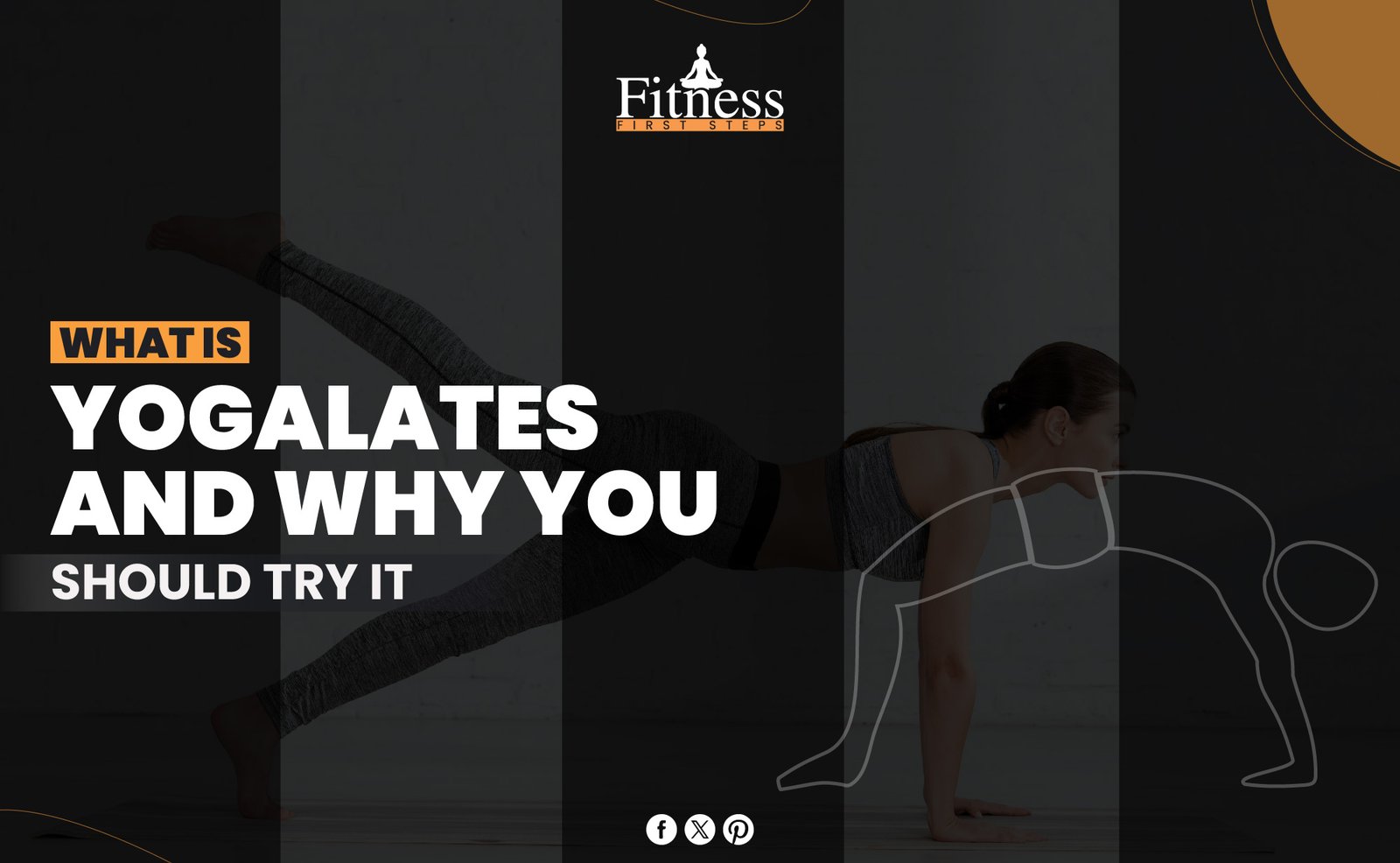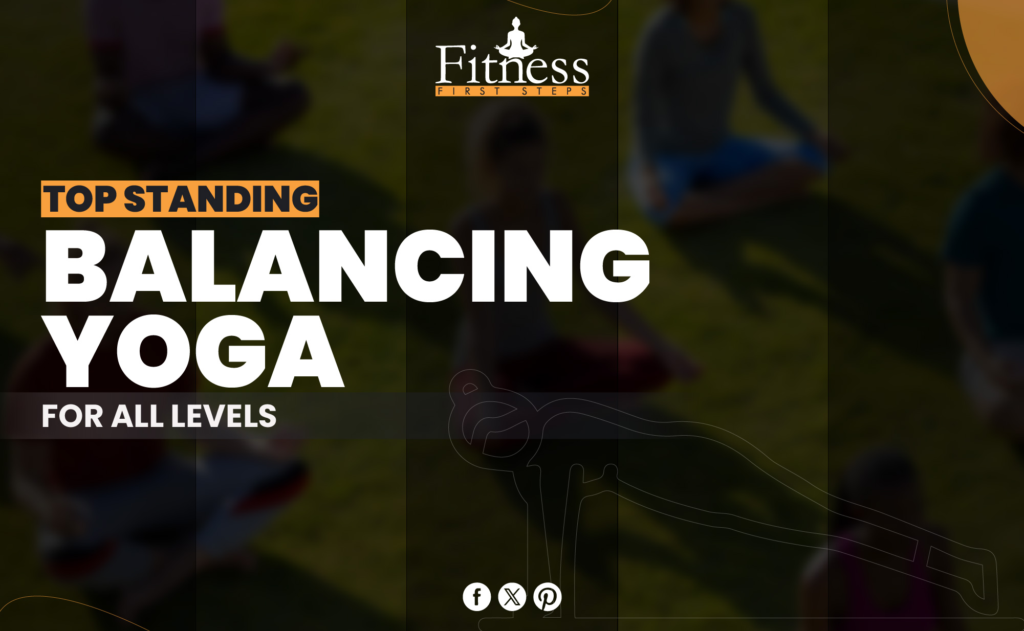Introduction
Yoga balances the body, mind, and spirit through asanas, pranayama, and meditation. Hatha yoga, which emphasizes body control and mental separation, is one of the most revered forms of modern yoga. Hatha’s Extended Side Angle Pose (Utthita Parsvakonasana) combines strength, flexibility, and focus. To help all practitioners use this strong stance, we’ll explain its core and benefits. This handbook will help you deepen your yoga practice, regardless of your experience.
I’d like you to please read about Child’s Pose in Yoga.
Understanding the Extended Side Angle Pose
Utthita Parsvakonasana, or the Extended Side Angle Pose, is one of the most basic poses in yoga. It is often the first pose that students learn. As a standing side bend, it requires openness, stability, and strength. Because of this, it is a great way to become more grounded and build a strong spirit through its dynamic movement. Asana means pose, and “Utthita” means stretched out. “Parsva” means side, “Kona” means angle, and “asana” means pose.
This pose, or asana, is an integral part of many types of yoga, such as Vinyasa, Power Yoga, and even the standard Iyengar yoga, because it is good for the body and mind in many ways.
Mastering the Art of Alignment in the Extended Side Angle Pose
It’s not about getting into a picture-perfect shape that makes a yoga pose perfect; it’s about matching your body to its natural shape while accepting what it can do. To get into the correct position for the Extended Side Angle Pose, follow these steps:
The Foundation
- Begin by standing in Tadasana, or Mountain Pose. Your feet should be close together or slightly apart. Spread your feet about three to four feet apart, with your left foot turned in a little and your right foot turned out.
- To work your legs, lift your kneecaps and engage your thighs. Please make sure your front knee is stacked over or slightly behind your ankle, especially on the side with the little toe.
- You should press into the outside edge of your back foot and ground down through it so that your arch rises a little.
The Torso
- As you breathe in, move your hips and chest to the right. As you let out your breath, tilt your hips down and out and stretch your body to the right. Connect your right arm to your right thigh.
- Stretch your side body out until your left fingers touch the ground. Bring your tailbone to your back heel.
- To line up your neck with the rest of your spine, look down, diagonally ahead, or up at your left fingers.
The Arms
- You can reach your right arm straight out in front of you, parallel to the floor, or over your head, with your elbow close to your ear.
- You can also reach your left back arm straight up toward the sky if your balance allows it.
- There should be a straight line between the shoulders and the head, with the arms moving outward and engaging each other.
The Drishti (Gaze)
- In this pose, the usual focus point (drishti) is up towards your left fingers. Your look should be soft and not tense during this position.
- The drishti is an integral part of unity because it balances your body and mind.
The Physical Benefits of the Extended Side Angle Pose
The extended side angle pose is excellent for your health because it works for all your major muscle groups and makes your body more flexible. These are some of the most important effects:
Strengthening the Lower Body
- The main benefit of Utthita Parsvakonasana is that it strengthens and flexes the legs, knees, and feet.
- It’s excellent for toning the muscles in your legs and calves, which makes your lower body more robust and more stable.
Opening the Hips
- In this pose, the hips open up, which also helps with tightness and releases the lower back and tailbone.
- Moving this way also helps make the inner leg and groin areas more flexible.
Toning the Abdominal Muscles
- The extended side angle pose requires deep, deliberate breaths. These breaths work your core and strengthen your abdominal muscles.
- These moves timed to your breath can help you get a more toned and defined stomach over time.
Enhancing Spinal Flexibility in the Extended Side Angle Pose
- When you bend to the side, your spine stretches and lengthens, which makes it more flexible and increases its range of motion.
- This motion also massages the muscles in the belly, which can help the body digest food better.
Energetic and Mental Benefits
In addition to being a physical pose, Utthita Parsvakonasana can help clear your mind and wake up your body’s inner energy pathways.
Cultivating Focus in the Extended Side Angle Pose
- For this asana to work, you must focus on keeping your body balanced and aligned. This helps to calm your mind.
- You can improve your attention and present-moment awareness by focusing on different parts of the pose.
Stimulating the Root Chakra
- Muladhara, the root chakra, is linked to this pose. It connects us to the energy of the Earth and makes us feel safe and stable.
- Utthita Parsvakonasana helps to open and balance this chakra, which makes you feel more grounded and in touch with your surroundings.
Initiating the Flow of Prana in the Extended Side Angle Pose
- The flow of prana, or life force energy, through the body is one of the most essential ideas in yoga.
- With its broad reach and open chest, Utthita Parsvakonasana helps prana move freely, energizing the body and preparing the practitioner for more profound meditation.
Modifications and Contraindications
Extended Side Angle Pose is perfect for you, but it might only suit some. To help you decide, here are some changes and reasons not to do it:
The Extended Side Angle Pose for Pregnant Women
- For pregnant women, practicing should be done with a change: instead of reaching for the floor with their hand, they should place their forearm on their thighs and avoid deep turns.
- A slight bend in the knees is essential to practice so that the lower back doesn’t get hurt.
For Those with Neck or Shoulder Injuries
- If you have a neck or shoulder injury, keeping the head in a neutral position is essential.
- You can keep the gaze down or forward rather than looking up, and you may position the arm differently to avoid strain.
For Knee or Hip Injuries
- People who hurt their knees or hips should stand farther apart and bend their knees less, if at all.
Putting your hands on blocks or a stack of books can help you stay in place and make the stretch less intense.
Integrating the Extended Side Angle Pose into Your Yoga Practice
This pose is beautiful because it can be used in many ways. This thing can be used for:
- This is the first pose in a series that gets the body ready for more challenging poses.
While in a flow, move quickly and breathe into and out of this pose. - A standing pose at the top of a series that helps you focus your practice and mind on a single asana.
Concluding Thoughts for the Extended Side Angle Pose
The Extended Side Angle Pose isn’t just a pose; it’s a lively way to learn about how strength, flexibility, and mindfulness are all connected. Adding it to your yoga practice with ethics and awareness can help you grow more deeply physically and spiritually. Utthita Parsvakonasana will help you on your way, whether you want to improve your asana practice, build fitness, or feel more connected to your yoga. Remember that the yoga road is a personal journey. Be humble as you go on it, and you will receive many benefits.
